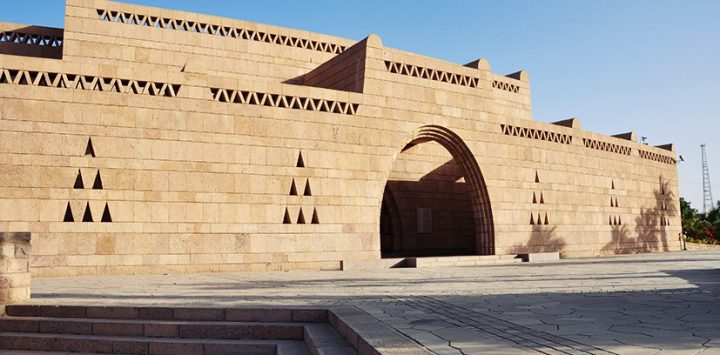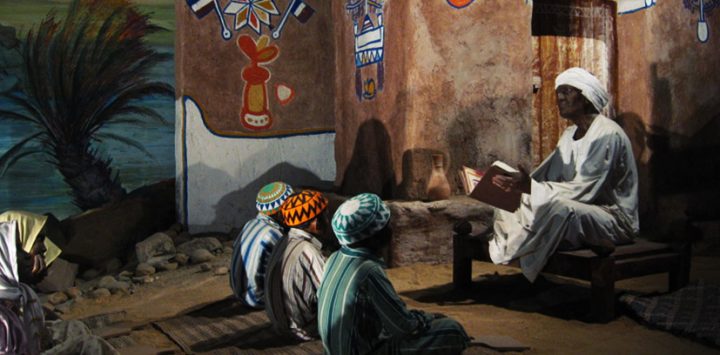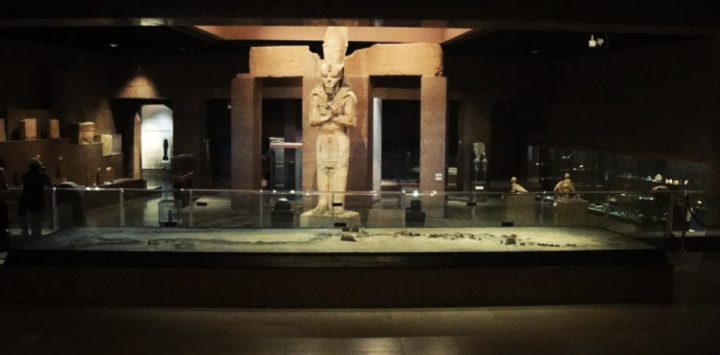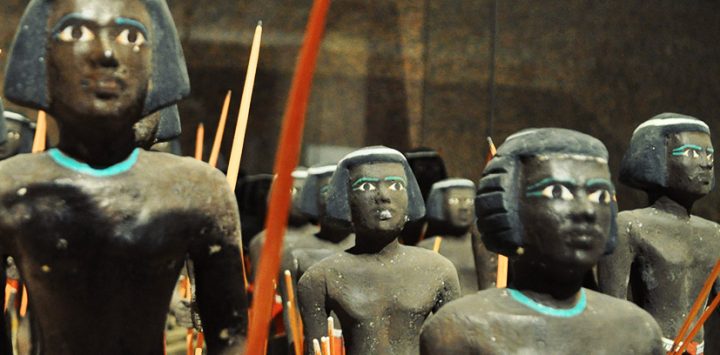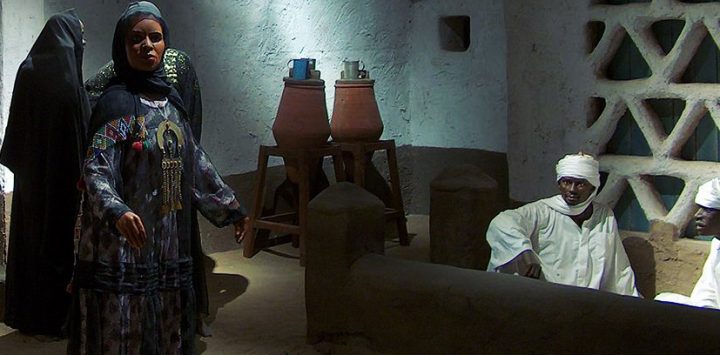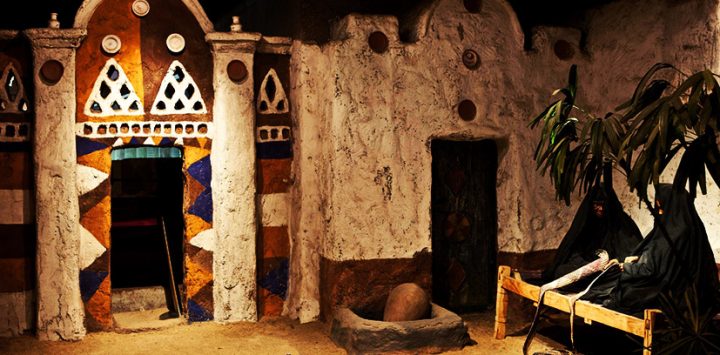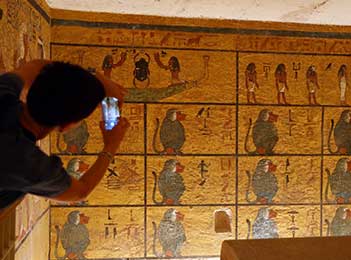Nubia , is this piece of land situated between the meeting point of the Blue Nile with the White Nile near Khartoum in Sudan in the South until the first cataract in Aswan in the North.
The meaning of the word “Nubia” is the land of the gold which is a word derived from the ancient Egyptian language, “Nubo” that means gold. The reason behind this name is that during the era of the Pharaohs this area was rich with many gold mines.
The most distinctive feature of Nubia is the style of life that Nubian follow as they have their own unique customs, beliefs, and rituals. These are the factors that interest travelers visiting Egypt to explore the Nubian culture and style of life. One marvelous characteristic of Nubia is that the Nubian language is only spoken and it was written for example.
The recorded history of Nubia goes back to the 8th century BC as they had their own kingdom that conquered Egypt and formed the 25th dynasty of ancient Egypt. This kingdom remained until the 3rd century BC. However, with the emergence of Christianity in the region, their power declined with the appearance of the Kingdom of Aksum and many other Christian kingdoms that were formed in the region of Nubia.
About the Nubian Museum
The Nubian Museum in Aswan would be quite recommended to any tourist spending his vacation in Egypt, especially those who are interested in the Nubian culture and the ancient Egyptian history. It demonstrates the whole history of the land of Nubia and many habits and rituals carried out by the Nubians.
The Geographical Location of the Nubian Museum
The Nubian Museum is located in Southern section of the small marvelous city of Aswan near the Fatimid’s necropolis that dates back to the 10th and the 11th century. This wonderful museum is also situated near the Unfinished Obelisk . However, the same as the Mummification Museum in Luxor, it is usually missed by many travelers spending their tours in Egypt.
The History and the Establishment of the Nubian Museum
With the construction of the High Dam in the 1960, many of the historical temples of Nubia were threatened to be disappearing under the water of the River Nile. This was the major reason the UNESCO and the Egyptian government cooperated together to establish the Nubian Museum that became a popular destination afterwards for many tourists spending their holidays in Egypt.
These efforts were embodied with the opening of the Nubian Museum in 1997 that attracted many guests who visit Egypt because they are interested in the distinctive cultures of communities like the Bedouins and the Nubians.
The wonderful building of the Nubian Museum was designed by the Egyptian architect, Mahmoud El Hakim that created the museum to be fitting with the surrounding environment of Aswan and the Nubian style of architecture. The Nubian Museum illustrates the history of Nubia for a period that exceeds more than 5000 years.
The Sections of the Nubian Museum
The Nubian Museum in Aswan has a surface area of more than fifty thousand square meters. Half of this surface area was specified for the museum while the other half is divided into the storage rooms, the research center, the administration of the museum, and some public services.
The first thing the guests view when they enter the Nubian Museum in Aswan is the wonderful garden of the Museum which hosts some antiquities dating back to different periods of the history of Nubia.
This is besides a magnificent artificial prehistoric cave featured with its remarkable inscriptions on its rocks and stones. There is also a real life size Nubian house with its great bright colors and unparalleled design. A minaret designed in the Fatimid style of architecture also ornaments the unmatchable garden of the Nubian Museum.
The Nubian Museum in Aswan hosts a large number of displays dating to different periods of the history of the lands of Nubia. Each exhibit has description beneath it in English and in Arabic.
One of the most important sections of the Nubian Museum is that which displays the items that date back to the Kerma Kingdom which flourished in Nubia during the 18th century BC which includes a number of statues and many tools that were used by the Nubians at the time.
Among the most remarkable sections of the Nubian Museum in Aswan is the collection of statues of kings and animals made out of burned mud and dates back to the ruling period of the Old and Middle Kingdoms of ancient Egypt. These displays show the great harmony between the ancient Egyptian art and the art of the Nubians as both cultures affected each other’s.
There is also these displays that belong to the Balana Kingdom that were discovered in Egypt in the period from the 1929 till 1931 which include pottery, weapons, bronze items, crowns ornamented with silver. This collection dates back to the 6th century AD.
There are also another collection that date back to the 1st and 2nd centuries AD when Christian kingdoms started emerging in Nubia like the collection of the Meroë and the Kush kingdoms.
The section concerning the culture and the heritage of Nubia during the Islamic period in Egypt include many papyrus papers, some outfits in the Mamluk style of closes, some agricultural gadgets, and many other interesting items.
A new section has been added to the Nubian Museum in Aswan in 2001 that hosts the antiquities that were drawn in the River Nile. This consists of more than 180 photos and portraits that demonstrate the work of the different archaeological missions that worked in Nubia in the period from the beginning of the 20th century and until the 1960.
The Nubian Museum is truly a hidden treasure in the wonderful city of Aswan. Many travelers who are fond of the Nubian culture and visit Egypt to get closer to their community visit the museum more than once during their tour in Egypt.

